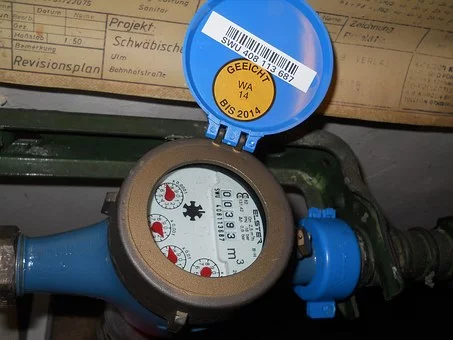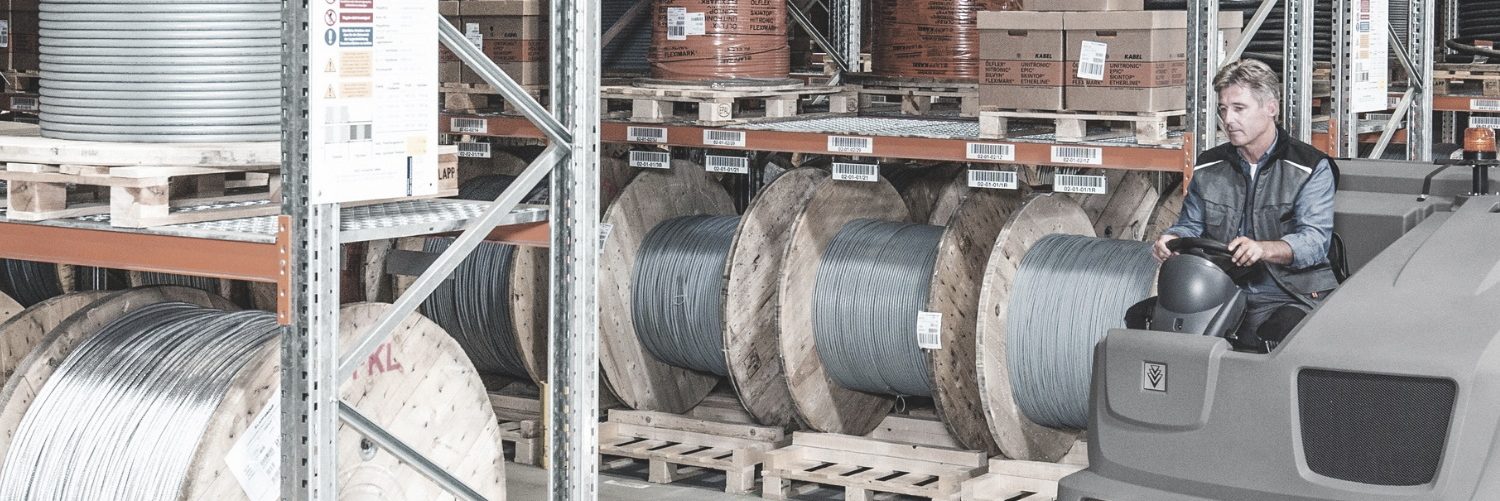It seems we can’t find what you’re looking for. Perhaps searching can help.
Page not found (404)
Recent Articles
-

Tips For Better Building Site Security
May 7, 2020 0 -

Why You Need To Hire Professionals For Directional Boring
March 18, 2020 0 -

Why People Opt For Special Types Of Meters?
January 30, 2020 0 -

The Study Guide To Good Grades
November 28, 2018 0 -

Tips To Choose The Best Repairing Shop For Your Truck
September 24, 2018 0 -

Steps You Should Be Following To Design The Best Building Project
September 16, 2018 0
